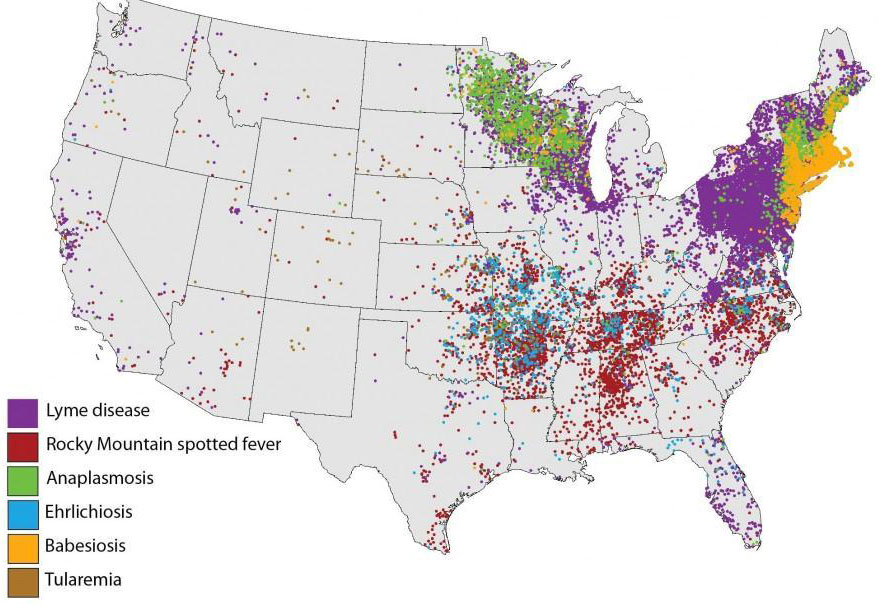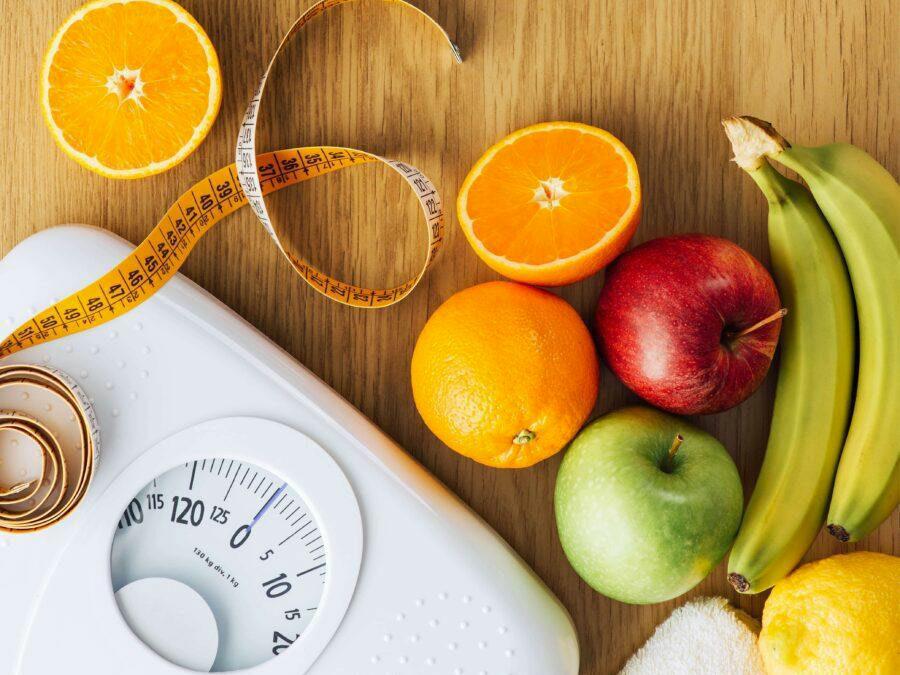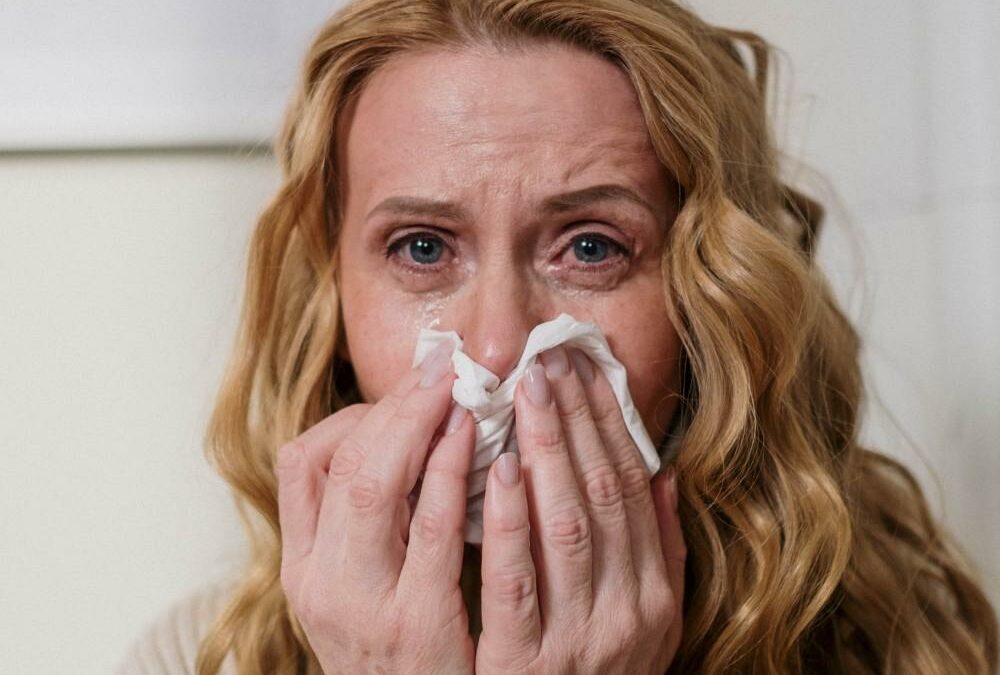Sun Safety
The Sun is a beautiful thing. Not only does it provide our bodies with much needed Vitamin D, but it also helps our fruits and vegetables grow to nourish our bodies. The sun can also be very dangerous. The sun’s UV (ultraviolet rays) can damage our skin in as little as 15 minutes. You can easily reduce the risk of skin damage by seeking shade under a tree, umbrella or seeking shelter when the sun is at its hottest. The best way to protect your skin from the sun is to wear sunscreen and/or protective clothing even when in the shade.
Clothing:
Long sleeved shirts, long pants and skirts made from tightly woven fabric provide the best sun protection from those dangerous UV rays. Dark colors may provide more protection than lighter colors and dry fabrics provide much more UV protection than wet clothing. Some clothing will have certification by international standards with an SPF factor. If using this type of clothing is not available to you, just keep in mind that a typical T-shirt will provide you with less than 15 SPF, so use other protection as well.
Hat:
For the most protection from the sun, wear a hat with a wide brim that will protect your face, ears and the back of your neck. Chose hats that are made with tightly woven fabric and dark in color as these will provide you with the best protection. Avoid hats made of straw that have holes because the sun will be able to peek through. If wearing a baseball hat is better for you, just make sure to apply sunscreen to your ears and the back of your neck. Make sure the sunscreen is at least SPF 15 or higher.
Sunglasses:
We always think about protecting our skin from the sun, but it is also very important to protect our eyes from the sun as well. Sunglasses can protect your eyes from the dangerous UV rays and reduce cataracts. They will also provide protection to the delicate skin around our eyes. When looking for sunglasses, make sure that it provides both UVA and UVB protection. Most sunglasses sold in the United States do meet these standards, regardless of cost. Sunglasses that have wrap around protection are best because they keep the UV rays from peeking in on the sides.
Sunscreen:
Make sure to apply a broad-spectrum sunscreen with an SPF of 15 of higher before going outside, even of cloudy, cool days. Place a thick layer on all exposed skin and do not forget the hard-to-reach areas like your back. Remember, sunscreen is to be used in conjunction with hats, protective clothing and sunglasses to provide the best protection from the sun. Sunscreen works by either absorbing, reflecting or scattering the sunlight. They contain chemicals that interact with the sun that provide UV protection. Sunscreen is not all created equal and contain different ingredients, so if you have a reaction to one, try another or contact your doctor. Sunscreens are assigned a sun protection factor (SPF) that indicates the effectiveness of UV protection. The higher the number, the better UV protection. As mentioned before, you should always wear an SPF of 15 or higher. It is also very important to re-apply throughout the day. You should re-apply every 2 hours and after swimming, sweating or toweling off as well. As with most products, sunscreen does have an expiration as well. If it does not contain an expiration date, shelf life is usually three years, but can be shorter if exposed to high temperatures. Our lips also need protection from the sun. Some lips balms will contain sunscreen as well. If these do not contain 15 SPF or higher, make sure you have a wide-brimmed hat on to protect your lips or can use sunscreen directly on lips.
Babies:
Make sure to keep all babies younger than 6 months out of the direct sunlight. Find shade under umbrella or stroller canopy. Limit you time outdoors when the UV rays are strongest, between 10am-4pm. For babies older than 6 months, apply sunscreen on all areas of the body, but avoid the eye area. If sunscreen does get into the eyes, wipe eyes with clean, damp cloth. If the sunscreen causes any irritation, try a different brand or a sunscreen with titanium dioxide or zinc oxide. If a rash develops, talk to your child’s doctor.
Natalie Gomez, FNP-BC




